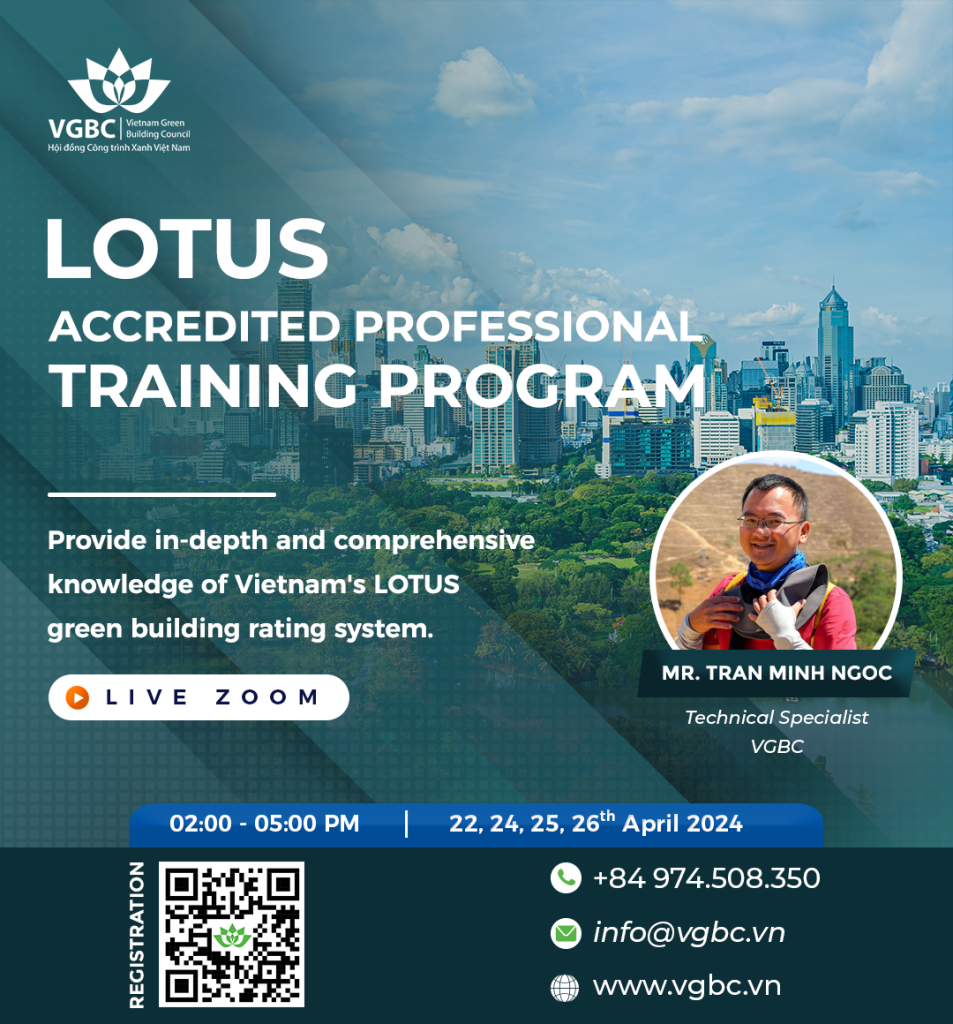The value that structural engineers bring to LOTUS certification projects is their expertise in building materials and structural systems with consideration to structural adaptability for future and alternative uses.

Engineering contributions include improving building durability and resiliency, reducing costs, addressing climate change, and improving occupant comfort.
LOTUS certification, being a label for buildings, it seems reasonable that structural engineers would be involved with the process. Structural engineers will want to join the LOTUS certification process early in the design phase to collaborate with the architect and develop a scheme for an efficient structural system.
A structural engineer’s knowledge of building materials and structural penetrations helps LOTUS project teams to:
- Reduce material use
- Create an effective construction waste management plan
- Increase the use of recycled and reused materials
- Improve stormwater management
- Source local materials
- Improve thermal performance of the building envelope
- Reduce carbon emissions
With regard to LOTUS certification, structural engineers contribute mostly to the Materials and the Adaptation & Mitigation categories. Structural engineers can also assist with earning the prerequisite and credit for Construction and Demolition Waste Management Plan.
The four most common structural materials – steel, concrete, masonry, and wood – each have a unique set of attributes and properties. Structural engineers should be careful when specifying the structural components of a building in order to capture all of the available LOTUS points and minimize the building’s embodied energy and use of resources.

 Tiếng Việt
Tiếng Việt





